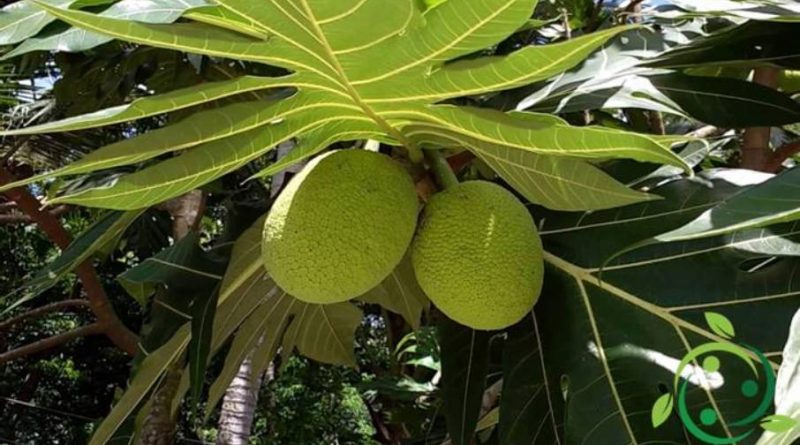How to grow the bread tree
How to grow the bread tree
The bread tree (Artocarpus altilis (Parkinson ex F.A.Zorn) Fosberg) is a plant that belongs to the Moraceae family and grows in Southeast Asia and many islands of the Pacific Ocean. It is a tree that produces an edible fruit, which has the size of a small melon, has a rough and leathery rind and a white and floury pulp that can be prepared and consumed in different ways. In this sheet we see how to grow the bread tree and the optimal climatic and pedological conditions.
For the cultivation of the bread tree consider that the plant grows elusively in areas characterized by a tropical or sub-tropical climate, for which it needs a warm humid climate and with temperatures between 23-25 ° C throughout the arc of the year and with sunny exposures for many hours a day. This species tolerates salty winds quite well, but obviously can not stand cold winds and low temperatures.
It is a plant that grows well in moist, loose soils, possibly with a high percentage of sand and well drained and with a slightly acidic or alkaline pH value, with values that can oscillate between 6.5 and 7.5.
Regarding the need for water, the bread tree is a plant that requires moist soils; for this reason it should be watered abundantly, especially during droughts and in summer, always intervening before the soil dries completely. Even during the winter period, in the case of temporary periods of drought, irrigation may be necessary to avoid vegetative stops of the plant.
Concerning fertilization, it is advisable to intervene exclusively with organic substances, especially mature manure, to be made at the end of the winter period.
The propagation of this plant occurs exclusively by seed and the plant, after sowing, begins to fructify after the third or fourth year after the final planting.
Once the young plants have been obtained from the seedbed, they are planted in spring in deep holes and twice the breadth of earth that surrounds the root system. The sixth of the plant must be at least 10 meters in the framework, so as to give the foliage of the plants the necessary insolation at all hours of the day and at the roots a necessary area of soil to explore. Plants cultivated even with partial shadings give few fruits.
The Artocarpus altilis is a very long-lived tree and from the third fourth year onwards it has abundant fruiting. A mature plant of the bread tree produces over 200 fruits that correspond to about 5 quintals.
As far as pruning is concerned, we work elusively to rejuvenate the foliage, pruning the branches that are too long and those that have already been produced, and the dried ones. However, it is advisable never to make drastic but light and constant pruning every year.
Collecting the fruits of the bread tree and scaling as they do not ripen evenly and expect them to reach the size of a large grapefruit.
The bread tree also has the interesting quality of being very resistant to various parasites of insects, mites or fungi, under conditions that do not use synthetic fertilizers and especially nitrates.
The fruit contains 20% of starch and 1-2% of albumin, can be cooked, fry, roasted or dried. The seeds of ripe fruits – the peanuts of bread – are eaten toasted. Textile fibers are obtained from the inner bark; with wood, soft and light, furniture and small boats are built, while waterproofing preparations are obtained from the sap.

